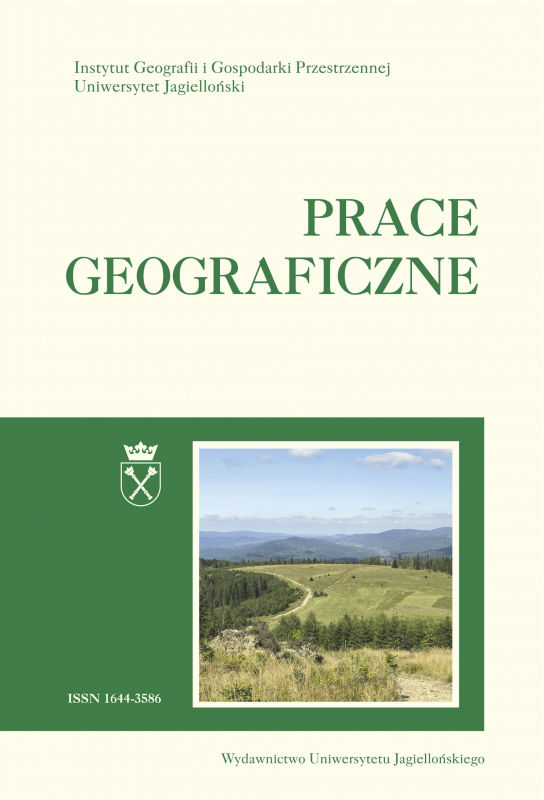In-situ identification of groundwater drainage conditions in a selected section within the Parsęta River Valley
In-situ identification of groundwater drainage conditions in a selected section within the Parsęta River Valley
Author(s): Marek Marciniak, Lukasz ChudziakSubject(s): Geography, Regional studies, Physical Geopgraphy, Regional Geography, Environmental Geography
Published by: Wydawnictwo Uniwersytetu Jagiellońskiego
Keywords: river; drainage; groundwater inflow; filtrometer; gradientmeter; hydraulic conductivity;
Summary/Abstract: Drainage of groundwater by surface water, i.e. groundwater inflow into a stream or lake, is an essential component of the water balance. Moreover, the drainage and its spatial distribution determine geomorphological processes taking place in the riverbed. In order to identify the spatial distribution of groundwater inflow into the river, prototypes of two new meters filtrometer and gradientmeter ) were designed and developed. The filtrometer allows to directly measure the groundwater-surface water seepage through bottom sediments at the place where the meter is embedded into the riverbed. The gradientmeter allows to measure hydraulic gradient within bottom sediments between groundwater and the river. Both parameters measured directly in the riverbed allow to specify the conditions of groundwater flow through bottom sediments. The field research studies conducted by means of the specified meters ( filtrometer and gradientmeter ) within the Parsęta River valley at Storkowo were aimed to investigate the drainage of groundwater and its conditions. A section of the Parsęta River with a length of 1600 meters and having no tributaries was selected. Three series of field measurements: spring, summer and autumn ones were conducted. During each series approximately 30 measurements were made by means of the filtrometer and the gradientmeter. The conducted measurements made it possible to calculate flow rates of the drainage of groundwater within the examined section of the Parsęta. The obtained results were verified on the basis of control measurements with the application of the differential river flow method. Moreover, it was possible to assess the spatial distribution of specific discharge, hydraulic gradient and hydraulic conductivity in bottom sediments of the Parsęta. On an annual basis, the largest drainage of groundwater was found within meander erosive areas where it reached nearly 150 % of the average value for the examined section within the Parsęta valley. Within meander accumulative areas, the drainage level was at approximately 110 % of the average value. At straight sections the drainage of groundwater was the lowest and amounted about 66 % of the average value. The research studies conducted in the Parsęta valley confirmed the usefulness of the new method to assess the drainage of groundwater and its conditions within the river.
Journal: Prace Geograficzne
- Issue Year: 2016
- Issue No: 147
- Page Range: 47-65
- Page Count: 19
- Language: English

